Featuring contributions by an international team of the world’s experts in urology and gynecology, this fifth edition reinforces its status as the classic comprehensive resource on female urology and urogynecology and an essential clinical reference in the field. There are new chapters throughout and new commentaries on important documents in the appendixes; each volume is now available separately. *Offers a comprehensive guide to both medical and surgical sides *Covers important and common topics such as stress incontinence, pelvic organ prolapse, and robotic surgery and newer topics such as transgender surgery *Presents a practical and manageable level of detail
Más libros de Ginecología y Obstetricia »
Más libros de Urología »
Más libros de Uroginecología »
Síguenos en Facebook »


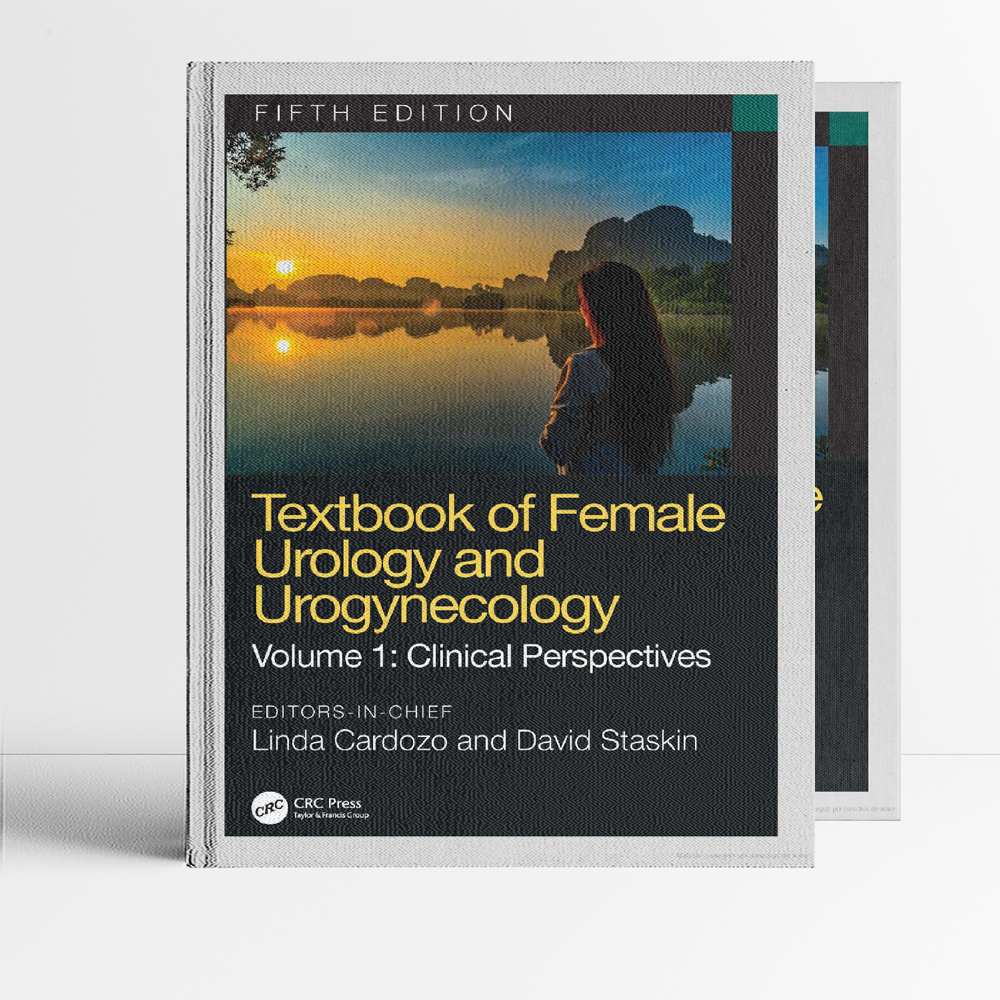
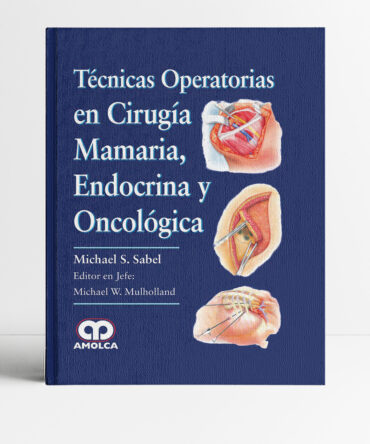
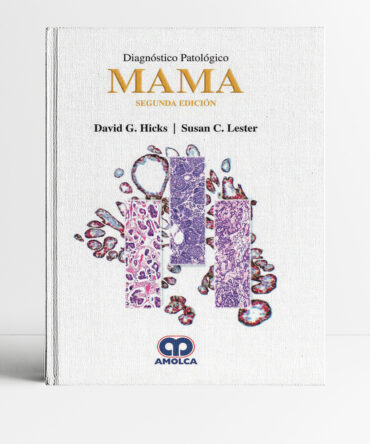
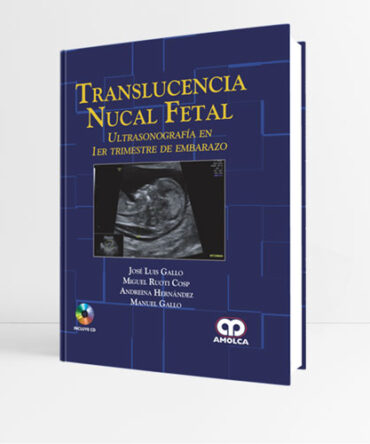
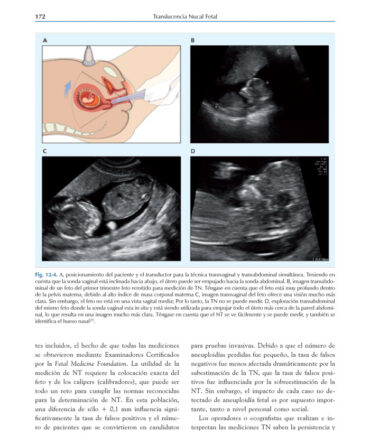
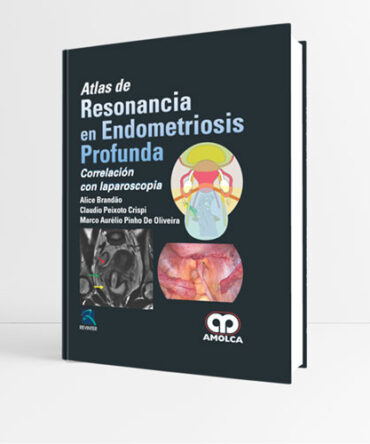

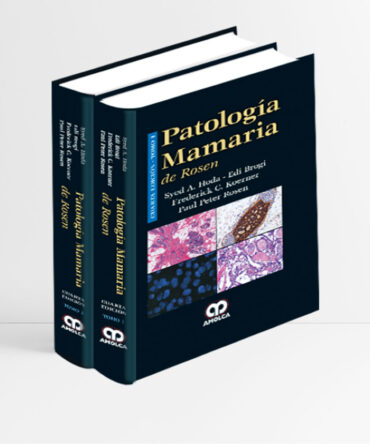
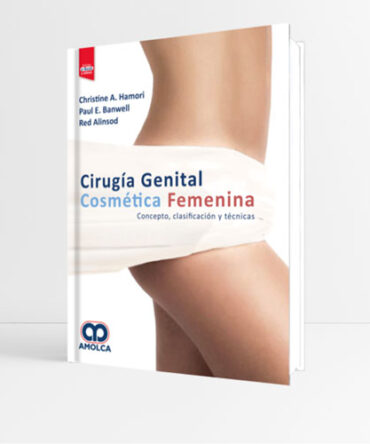
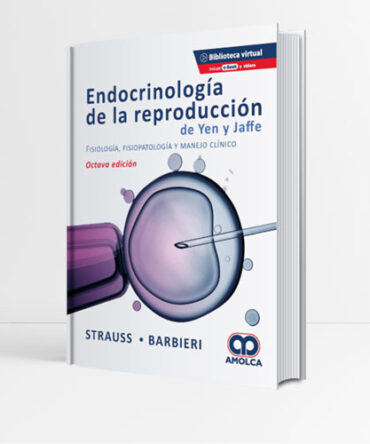
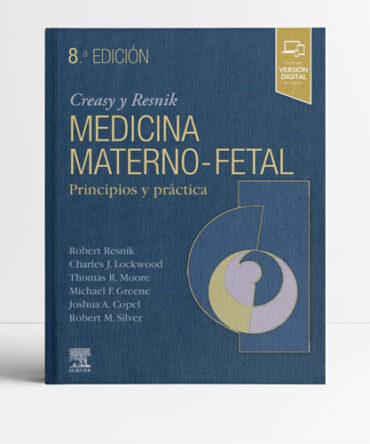
Valoraciones
No hay valoraciones aún.